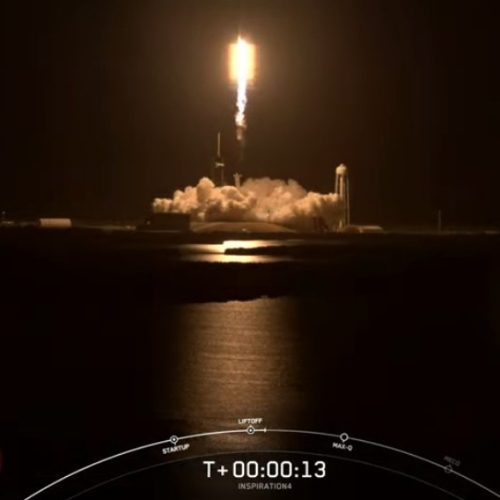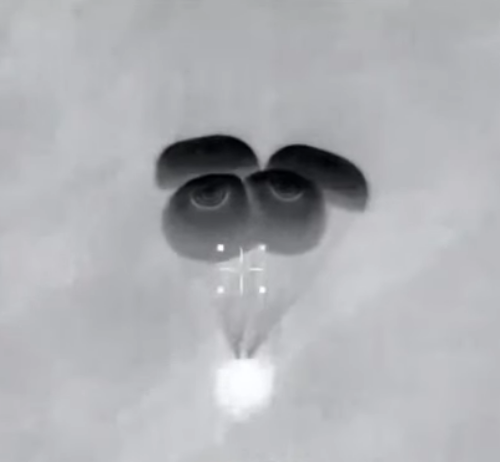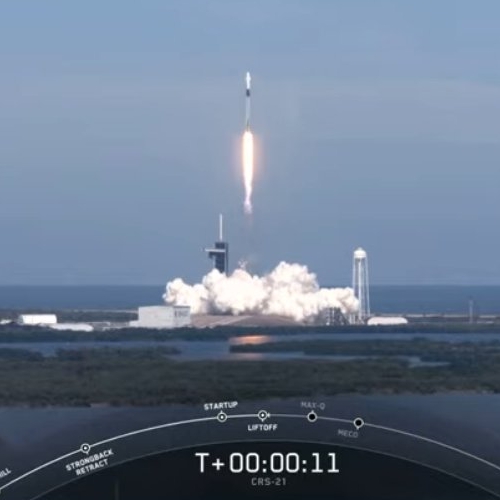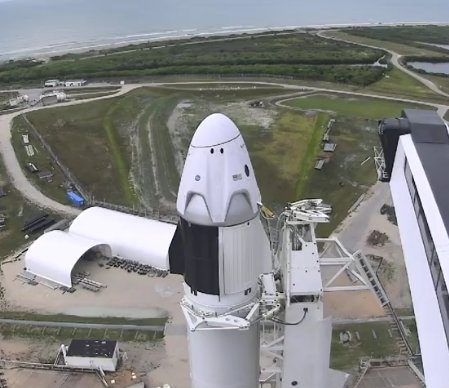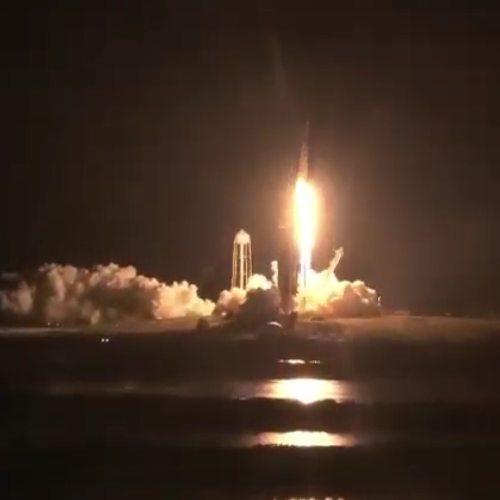SpaceX targeting 6 commercial manned flights per year
Capitalism in space: With the successfully completion of its first manned orbital private space, SpaceX officials announced yesterday that they are expecting to fly about six such commercial manned flights per year.
Benji Reed, SpaceX’s senior director for its human spaceflight program projected as many as a half a dozen flights a year. “There’s nothing really that limits our capability to launch,” he said. “It’s about having rockets and Dragons ready to go and having everything in the manifest align with our other launches.”
…“The reality is the Dragon manifest is getting busier by the moment,” Reed said, noting the planned flight in early 2022 of four passengers for customer Axiom Space that will actually fly to and stay on the ISS for a few days. “It just goes on from there. We have a number of NASA missions that we’ll do, and we also have a growing backlog of commercial astronaut missions that we’re looking forward to perform.” [emphasis mine]
The highlighted words are most intriguing, suggesting that SpaceX might have an already signed line-up of customers ready to pay the ticket price to fly on a Dragon capsule.
Meanwhile, Elon Musk announced late yesterday that he has decided to donate $50 million of his own money to St. Jude Children’s Research Hospital, in celebration of the completion of the Inspiration4 flight.
“This brings tears to my eyes,” wrote Inspiration4 medical officer Hayley Arceneaux, a St. Jude physicians assistant and survivor of childhood bone cancer, of Musk’s donation. “Thank you Elon Musk for this generous donation toward our $200 million dollar fundraising goal for St. Jude!!!”
Isaacman also thanked Musk and reminded the public that the fundraiser is still underway. Isaacman donated $100 million of his own money to the fundraising goal, then donated the three other seats on Inspiration4 to raise awareness for St. Jude. Arceneaux was selected by St. Jude to fill the “Hope” seat on the crew.
If you wish to make your own donation to St. Jude, you can do so here. You can donate cash directly, or you can bid to win one or more of a variety of items that were carried on the flight.
Capitalism in space: With the successfully completion of its first manned orbital private space, SpaceX officials announced yesterday that they are expecting to fly about six such commercial manned flights per year.
Benji Reed, SpaceX’s senior director for its human spaceflight program projected as many as a half a dozen flights a year. “There’s nothing really that limits our capability to launch,” he said. “It’s about having rockets and Dragons ready to go and having everything in the manifest align with our other launches.”
…“The reality is the Dragon manifest is getting busier by the moment,” Reed said, noting the planned flight in early 2022 of four passengers for customer Axiom Space that will actually fly to and stay on the ISS for a few days. “It just goes on from there. We have a number of NASA missions that we’ll do, and we also have a growing backlog of commercial astronaut missions that we’re looking forward to perform.” [emphasis mine]
The highlighted words are most intriguing, suggesting that SpaceX might have an already signed line-up of customers ready to pay the ticket price to fly on a Dragon capsule.
Meanwhile, Elon Musk announced late yesterday that he has decided to donate $50 million of his own money to St. Jude Children’s Research Hospital, in celebration of the completion of the Inspiration4 flight.
“This brings tears to my eyes,” wrote Inspiration4 medical officer Hayley Arceneaux, a St. Jude physicians assistant and survivor of childhood bone cancer, of Musk’s donation. “Thank you Elon Musk for this generous donation toward our $200 million dollar fundraising goal for St. Jude!!!”
Isaacman also thanked Musk and reminded the public that the fundraiser is still underway. Isaacman donated $100 million of his own money to the fundraising goal, then donated the three other seats on Inspiration4 to raise awareness for St. Jude. Arceneaux was selected by St. Jude to fill the “Hope” seat on the crew.
If you wish to make your own donation to St. Jude, you can do so here. You can donate cash directly, or you can bid to win one or more of a variety of items that were carried on the flight.

